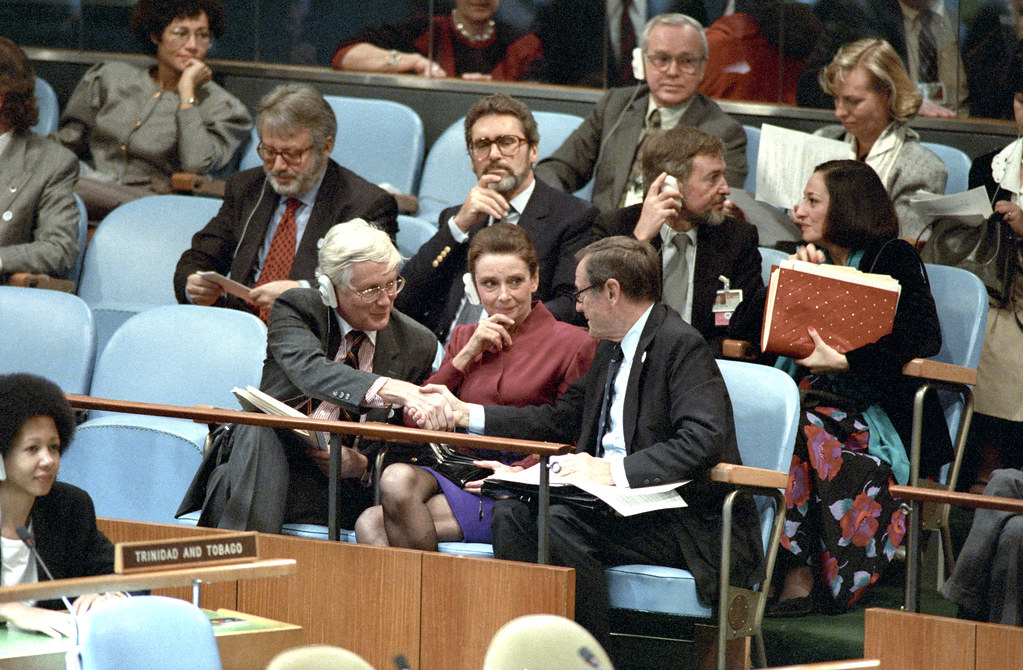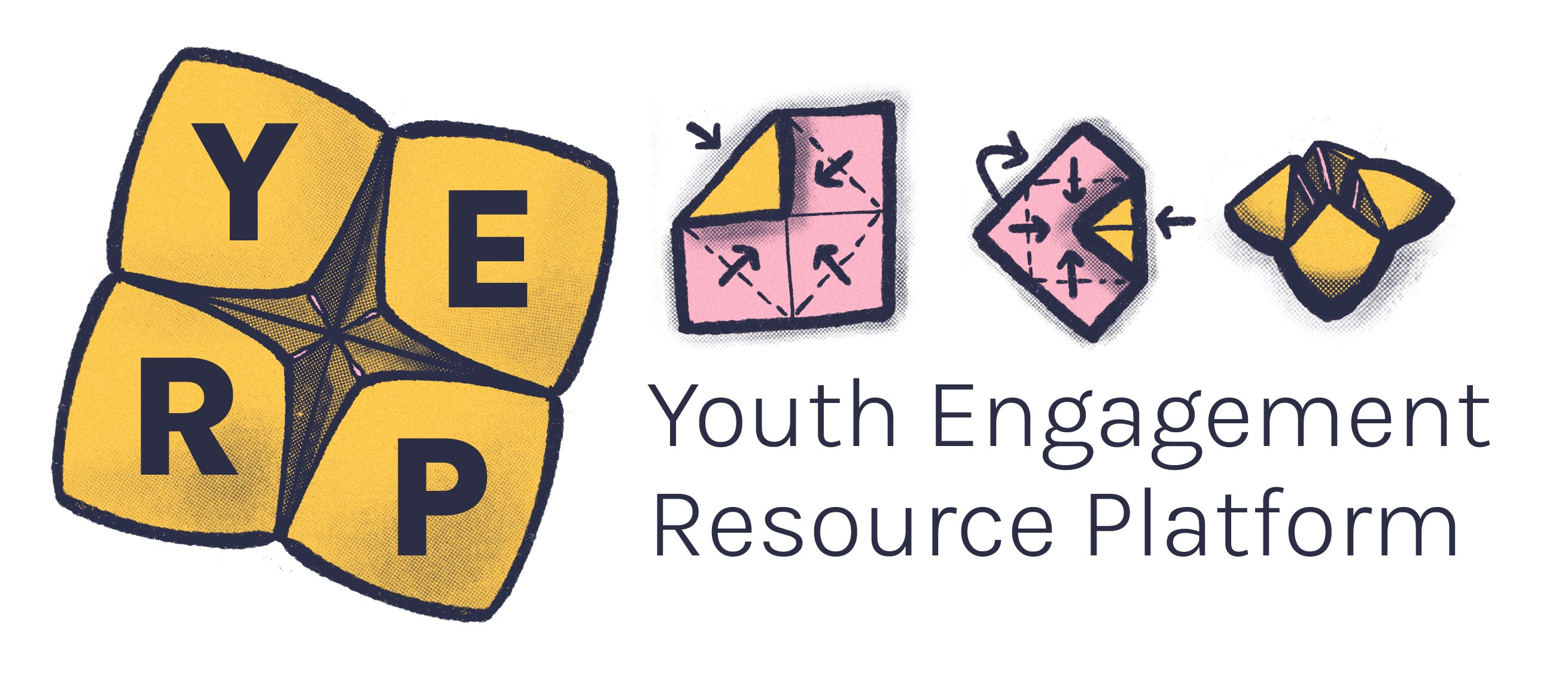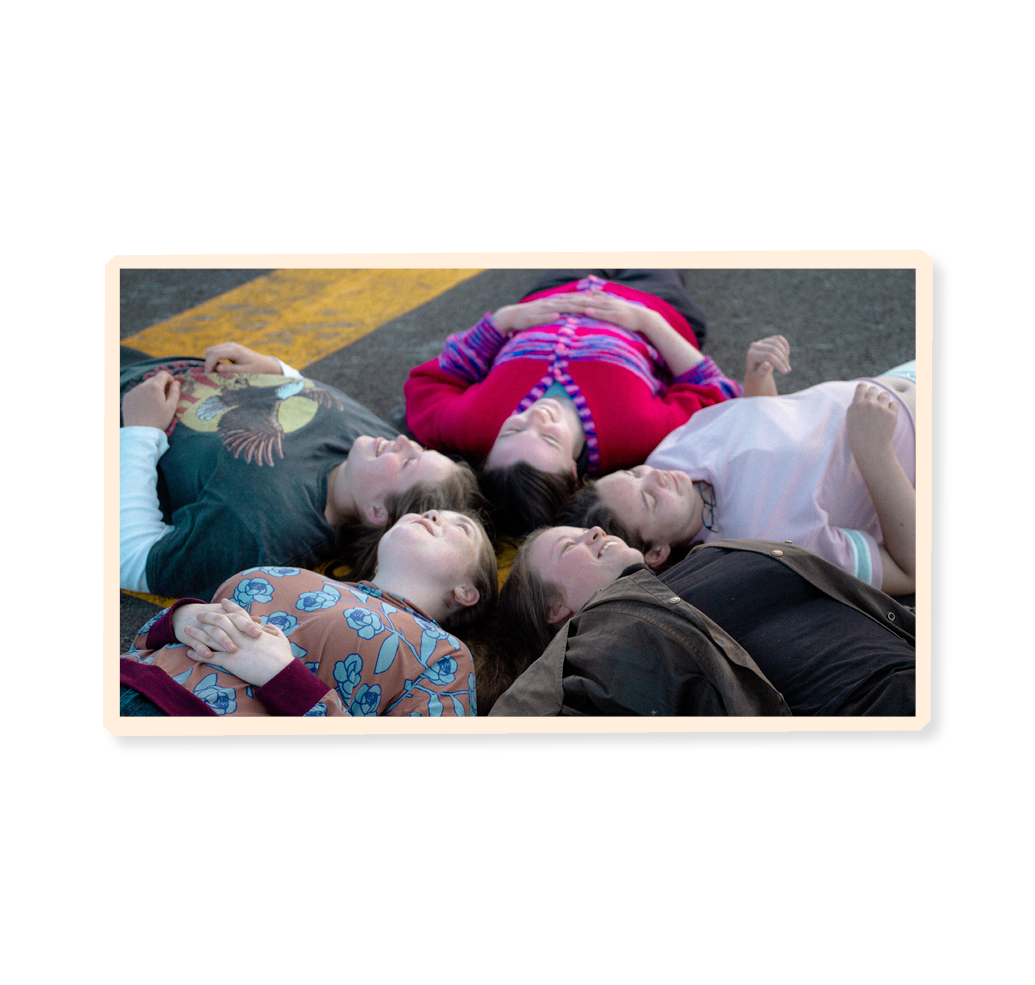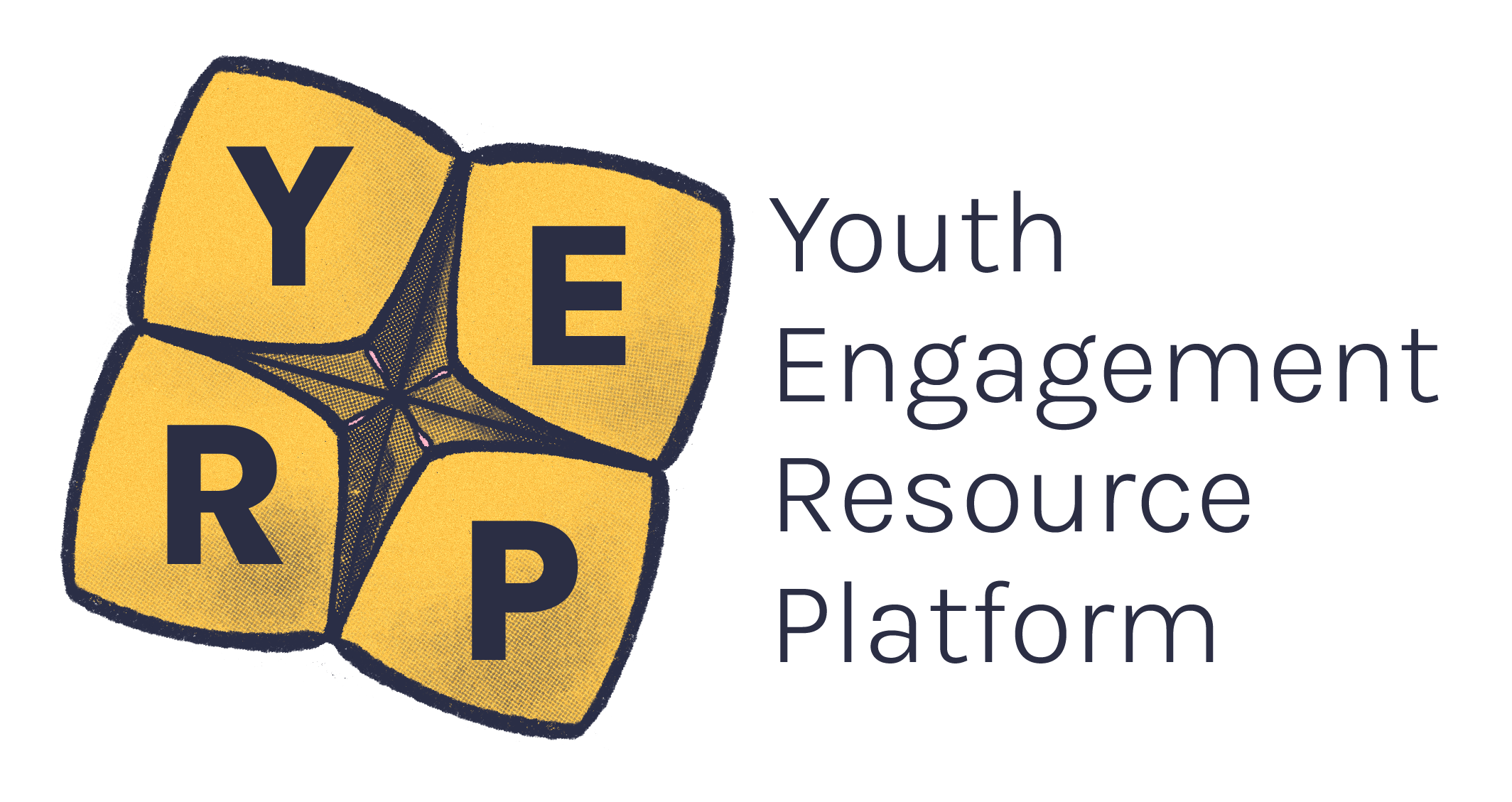Human rights are rights that all human beings are entitled to, regardless of race, gender, sex, nationality, ethnicity, language, religion, or any other status.1
Everyone is entitled to these rights, without discrimination – including young people however, young people continue to be marginalised simply because of their age. Motivated to change that? So are we!
Back in the 1980’s, world leaders made a historic commitment to the world’s children and young people.
Building on the Universal Declaration of Human Rights, they made a promise to every child and young person to protect and fulfil their rights, by adopting an international legal framework – the United Nations Convention on the Rights of the Child.
- The Convention argues that children and young people are human beings and individuals in their own rights and that they must have their rights upheld.
- It has achieved a range of outcomes since its development and has inspired governments around the world to change laws and policies to protect children and young people and ensure they can thrive in their environments.2
Despite the charter, human rights of participation are often denied for young people. This needs continuous addressing and improvement for young people around the world.
Image: The United Nations General Assembly accepts the Convention in 1989. Source: United Nations Photo.
People sitting and talking on seats.

You can read through the articles (i.e., sections) of the Convention on the UN website.
Please note, the Convention describes a child as any human under the age of 18. We use the Convention as a basis for our understanding, but most youth workers and youth organisations across Australia recognise a young person as being between the ages of 12-25 inclusive. For the purposes of this resource, the Convention can be interpreted to apply to all children and young people.
Youth Participation is a human right, written into three articles of the Convention, making them international law.2
Article 12: Young people have the right to say what they think should happen when adults are making decisions that affect them.
Article 13: Young people have the right to get, and to share, information.
Article 15: Young people have the right to meet with other children and young people and to join groups and organisations.
As a youth worker, it’s crucial to ensure your work upholds these rights to reach true youth participation, and ensure you're upholding young people’s human rights in other ways as well.
Young people have the right to feel safe and protected under your care.
They have the right to privacy and for their personal details to be treated with confidentiality and respect.
All youth workers should be open, honest and transparent with young people. You should ensure that equal opportunity is promoted, and your practice is anti-oppressive and non-discriminatory.
Firstly, as set out in the Convention in Article 28, young people have a right to education.
Secondly, schools have a legal duty of care to protect students from harm and to do what is reasonable to ensure they're safe at school.
Youth workers often work in educational settings such as schools and it's important to understand forms of discrimination that can occur there. In the context of school and a young person’s rights, it’s helpful to understand what discrimination is.
Generally speaking, discrimination means treating or suggesting treating someone unfairly because of one or more of their personal characteristics.3 This can happen in different places and contexts and may be direct or indirect.3
For example, if a young person is a trans and/or gender diverse student, it's discriminatory, and therefore unlawful, for a school to treat them less favourably than other students by:
-
Refusing or failing to accept their application into the school.
-
Only admitting them as a student on certain terms (that would not otherwise apply).
-
Denying them access, or limiting access, to any benefit provided by the school.
-
Expelling or subjecting them to any disadvantage.
The above behaviours are all examples of direct discrimination.
Indirect discrimination occurs where a requirement, condition or practice is applied to all students equally, but its application is likely to have the effect of disadvantaging students with a particular characteristic (and it’s not reasonable).
If you work in a school, it's likely you'll encounter situations like this. There are some circumstances where there are exceptions to instances of discrimination, so make sure to stay informed, proceed with empathy and understanding, and always remember to place the young person and their needs and rights first.
As a youth worker, you may be asked to be a support person in a healthcare setting.
It’s important to be able to inform a young person of their rights in relation to healthcare, and also understand the role you play.
Young people have the right to:4
-
Express their views, to be heard and taken seriously.
-
Consider what’s in their best interests as the person receiving the healthcare support and participate in decision making.
-
The highest standard of health care that is accessible.
-
Information that is accessible to them.
-
Have their privacy respected and their personal information kept confidential.
-
Respect for themselves and their families' beliefs, culture and contexts.
-
Be kept safe from harm.
-
Continue receiving healthcare as needed.
-
Participate in education and recreation regardless of the status of their health.
Rights for volunteers are often overlooked.
As a youth worker, you may find yourself working alongside young people as volunteers and they may ask for help or guidance in accessing resources.
Volunteering Australia has outlined young people’s rights as a volunteer. These rights include:5
-
Working in a healthy and safe environment.
-
Being covered by equal opportunity and anti-discrimination legislation.
-
Being adequately covered by insurance.
-
Recieving accurate and truthful information about the workplace and receive appropriate training.
-
Being reimbursed for out-of-pocket expenses.
-
Not filling a position that a paid worker has previously filled.
-
Not doing the work of paid staff during industrial disputes.
-
Having a job description and agreed working hours.
-
Having their personal information dealt with confidentially.
For more information on rights as a volunteer, check out Volunteering Victoria and Volunteering Australia.
Workplaces often have a volunteer policy and procedure, so young people can check that out as a first step. Many workplaces may provide these volunteer documents to read through and sign before a volunteer begins. They may include:
-
Volunteer agreements
-
Volunteer induction forms
-
Staff code of conduct
-
Child safe code of conduct
-
Grievance policy and procedure
Workplaces should also send a young person any other policy that affects or relates to their work.
- United Nations. (n.d.). Human Rights. https://www.un.org/en/global-issues/human-rights
- United Nations Children’s Fund. (2023). The Convention on the Rights of the Child: The children’s version. https://www.unicef.org/child-rights-convention/convention-text-childrens-version
- Justice Connect. (2021). What legal rights do you have at school as a trans or gender diverse young person. https://justiceconnect.org.au/resources/your-legal-rights-at-school-vic/
- Association for the Wellbeing of Children in Healthcare. (2018). Charter on the Rights of Children and Young People in Healthcare Services in Australia. https://awch.org.au/wp-content/uploads/2018/10/kids-rights-in-healthcare-australian_version_final_210911web.pdf
- Volunteering Australia. (2009). Volunteering Rights & Volunteer Checklist. https://www.volunteeringaustralia.org/wp-content/files_mf/1376971192VAVolunteerRightsandchecklist.pdf





